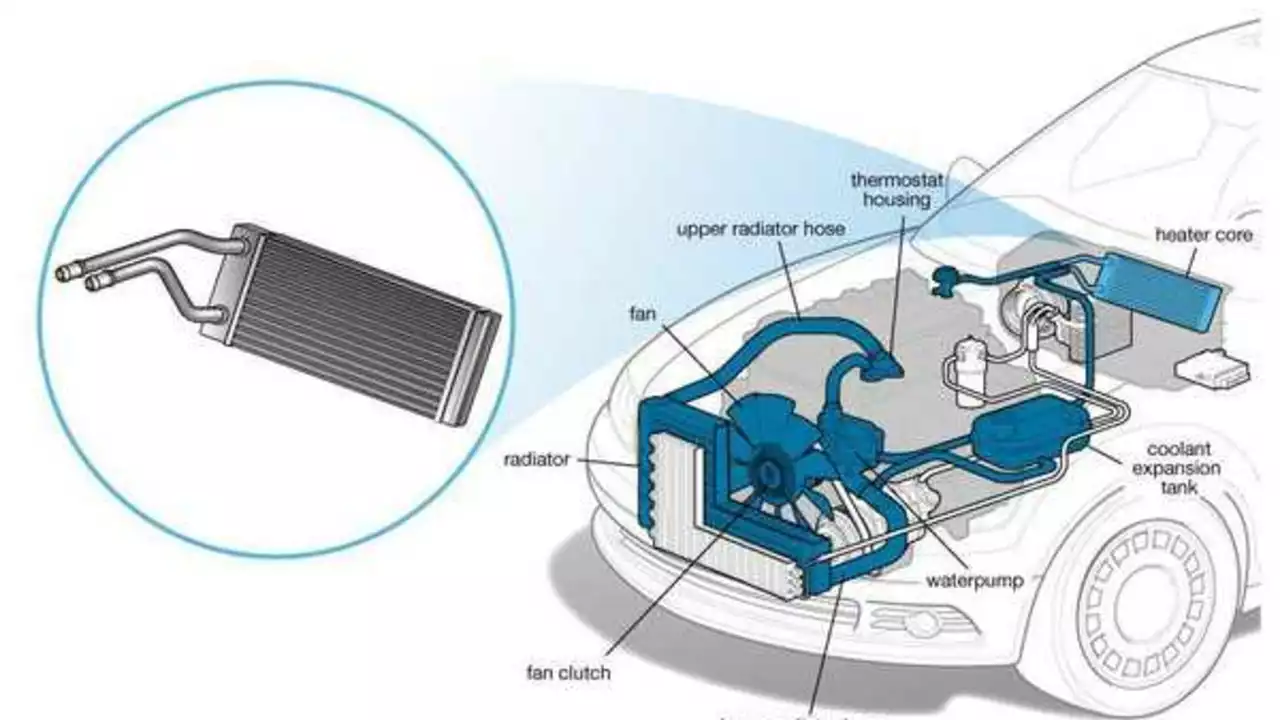Procedures Every Car Enthusiast Should Master
Whether you’re hunting for a new ride, planning a test drive, or trying to dodge pointless fees, knowing the right procedures can save you time, money, and headaches. Below you’ll find the most common steps you’ll face in the car world, broken down into plain steps you can follow right now.
1. How to Test Drive Like a Pro
Most people think a short spin is enough, but a good test drive should last at least 30 minutes and cover a mix of city streets, highways, and a few sharp turns. Start by checking the seat comfort and visibility. Then, press the accelerator gently to feel the engine’s response, and try braking at different speeds to judge stopping power. Finally, listen for any odd noises while changing gears. If anything feels off, note it and ask the dealer. Remember, a test drive is your chance to feel the car, not just to impress the salesperson.
2. Avoiding Unnecessary Fees When Buying
Dealerships love to add extra line items, but many of them are optional or outright unnecessary. Advertising fees, dealer prep fees, and extended warranties are common culprits. When you see an “advertising fee,” ask for a breakdown – it’s usually just the cost of the dealer’s marketing, which you shouldn’t pay twice. Dealer prep is part of their job; you can ask them to waive it. And unless you’re buying a lemon, an extended warranty often duplicates the manufacturer’s coverage. Walk away from any fee that doesn’t have a clear benefit.
These two procedures cover more than half of what you’ll encounter during a car purchase. The rest of the process, like financing and registration, follows similar patterns: read every document, ask questions, and never sign under pressure.
Another frequent question is whether it’s okay to buy a car without a test drive. The short answer: yes, if you’ve done thorough research. Look up owner reviews, check the vehicle’s service history, and request a detailed inspection report. Some buyers even use video walk‑throughs from reputable sellers to get a feel for the car’s condition. Still, a test drive remains the safest way to confirm comfort and performance.
If you’re thinking about modifying your ride, such as lowering it, avoid cutting springs yourself. Cutting springs can lead to a harsh ride, uneven tire wear, and compromised handling. Instead, invest in a professional lowering kit or coilovers that are designed to maintain suspension geometry.
Finally, keep an eye on how brands evolve. Some manufacturers dramatically change their line‑ups over the years, introducing electric models, autonomous tech, and new safety features. Knowing a brand’s recent history can help you anticipate future resale value and available updates.
All these procedures—test driving, fee negotiation, research before purchase, safe modifications, and brand awareness—work together to make your car journey smoother. Apply them one step at a time, and you’ll drive away with confidence and a better deal.
How do you remove the bottom radiator hose on a car?
Well folks, ever found yourself on the thrilling treasure hunt of car maintenance, specifically hunting the elusive beast known as the bottom radiator hose? Buckle up, because I'm your Indiana Jones of car tutorials! First things first, you've got to locate the radiator drain plug and let out all that pesky coolant - remember, safety first, don't let your pets anywhere near it! Once the coast is clear, you can pry off those stubborn hose clamps with a pliers or a special hose clamp tool. And voilà, you've mastered the removal of the bottom radiator hose, no sweat! Now who said car maintenance couldn't be a blast?
